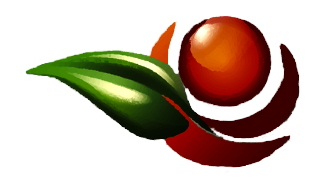What is small-scale organic intensive market gardening?
Market gardening in 1850
Small-scale organic gardening is a method inspired by the Parisian market gardeners of the 19th century. This technique was revived by pioneers such as Eliot Coleman. Thanks to these methods, farmers can achieve high yields even in small spaces. This is made possible by optimizing productivity and respecting the principles of organic farming. By using innovative, environmentally-friendly techniques, market gardeners can grow a wide variety of vegetables while preserving soil biodiversity. The effectiveness of this method has been widely recognized, and has contributed to the popularization of small-scale organic farming in many countries around the world.
Market gardening in a small space
Small-scale market gardening: unlike large-scale market gardening, intensive organic market gardening, also known as small-scale market gardening, concentrates production in areas of 4 to 8,000m2. It resembles a large vegetable garden, but with an economic vision and profitability that are an integral part of the system.
High productivity per m2
Very high productivity per m2: thanks to reduced spacing, increased fertilization and great care taken with each m2, the overall yields of a market garden micro-farm are at least 4 to 5 times higher than in traditional market gardening.
Soil improvement through significant inputs of organic matter
Just as market gardeners in Paris used to bring in tons of horse manure from the city, today we use organic matter from compost, generally green waste compost, with inputs of up to 100 tons per hectare per year, over several years, to provide a rich, fertile growing medium.
A company on a human scale
A business on a human scale: Because of its size, a bio-intensive vegetable farm is easy to manage. For a surface area of 8,000m2, there are 4 to 5 people, which creates jobs and enables simple management by a crop manager. The reduced space also offers a clear view of all the crops, enabling rapid intervention if necessary.
Diversified vegetable production
Diversified vegetable production: with an average of 45 different vegetables, and over 120 varieties, organic-intensive market gardening is also characterized by this great diversity of production. This enables us to offer a wide range of produce throughout the season, and to provide a diversified market stall. This diversity is also a guarantee of security against the vagaries of climate, insects or disease, unlike modern agriculture, which is often based on monoculture or mono-breeding.
To go further
100% online training in organic market gardening
Our training courses are like ready-made kits adapted to France (climate, laws, sales methods, organization). They are designed for market gardeners who want to improve their results, and also for those who have a project in mind.
An internship in market gardening
As a trainee, you'll be able to get involved in all stages of vegetable production, from seed preparation to tillage and fertilization.







